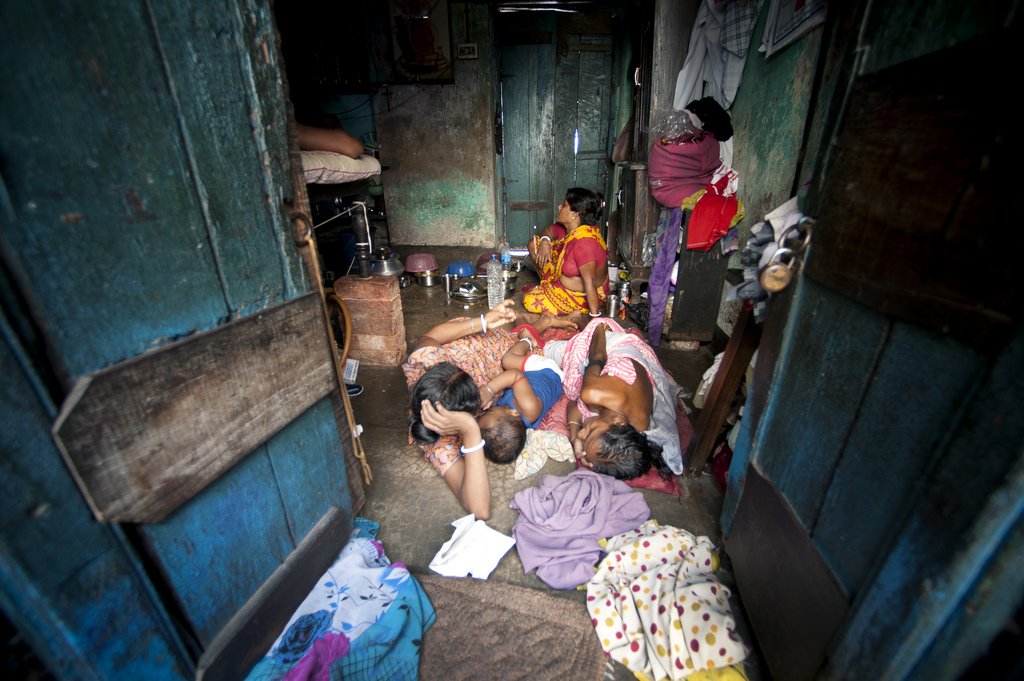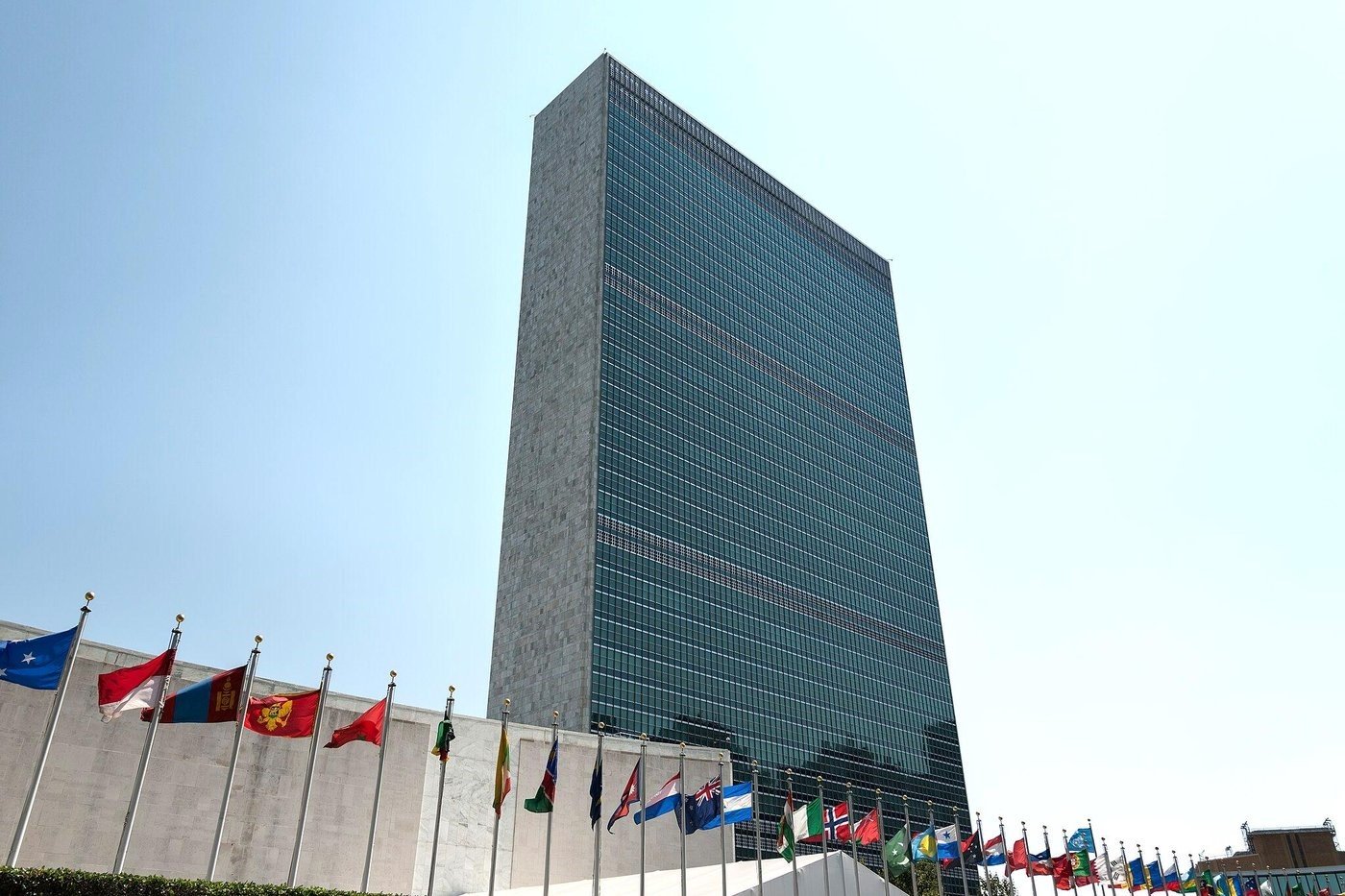On 25 September 2015, the United Nations Sustainable Development Summit adopted the 2030 agenda, establishing a new global framework for eradicating poverty and ensuring sustainable development. Focusing on People, Planet, Prosperity, Peace and Partnership, the agenda is universal. It aims at ending poverty, hunger and inequality, while tackling climate change and improving access to health and education setting 17 ambitious Sustainable Development Goals (SDGs) to be achieved within the next 15 years. When launching the agenda 2030, world leaders committed their countries to leave no one behind.
SDG 1 aims at ending poverty everywhere, in all its forms, by 2030. The reason for this bold goal is that while the global extreme poverty rate, that is the share of the population living on less than USD 1.25 per day, has been cut in half between 1990 and 2010, nowadays about 1.2 billion people continue to live below this income threshold and cannot address their most basic needs, such as access to food. The major challenge of poverty is worsened by climate change, population growth and migration which are putting disproportionate pressure on livelihoods especially in rural areas where poverty is entrenched and people often have the least resilience.
Box 1 – SDG 01: The goal is to eradicate poverty
To achieve the goal of ending poverty, a number of specific and measurable targets were set. These are:
Source: “Transforming our Work: The 2030 Agenda for Sustainable Development”, United Nations |
Who are the poor and more specifically, who are the ones further behind, living in extreme poverty?
Evidence indicates that almost 78 percent of extreme poor people in the world (around 900 million) live in rural areas and depend on agriculture production for most of their income and livelihoods. Furthermore, the majority of rural poor are family farmers. Paradoxically, although the family farms are by far the most prevalent form of agriculture in the world and are responsible for most global food production, a large number of them, particularly those with small farms, are not even able to feed their family properly. Those family farmers in fact, represent the largest group of food insecure people in the world.
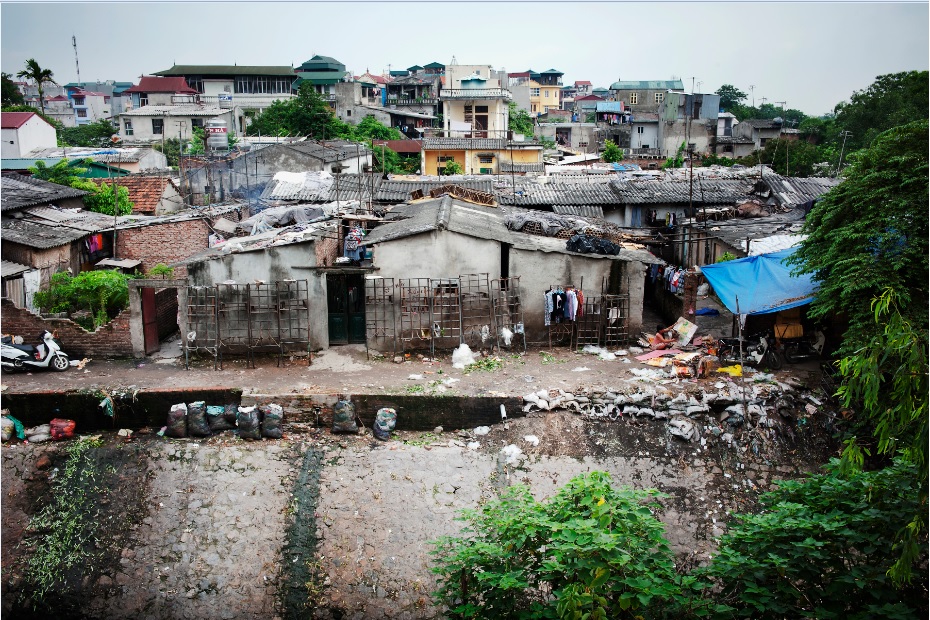
In 1980, Nobel Prize economist T.W. Schultz wrote: “A large share of the population is poor, thus if we knew more about the economic situation of poor, we would understand better what is really going wrong in the Economy. Most of the poor in the world draw their income from agriculture, thus if we understood better agriculture economics, we would understand a lot about economics of poverty”. Thirty-six years have passed and the statement of Schultz remains more than ever visionary, particularly for developing countries where a large share of the population remains poor and continues to derive its survival from agriculture and related activities.
Related Article: “AN EMPOWERING PATH“
What is different today, however, is that we may have a better understanding of the economics of poverty and its relation with agriculture and food systems. More recently, studies have shown that investing in agriculture is one of the most effective strategies for economic growth and for reducing rural poverty. It has been shown that GDP growth in agriculture is at least twice as effective in reducing poverty as growth originating in other sectors (World Bank, World Development Report, 2008. Agriculture for development). But we are still a long way to addressing sustainably the challenge.
To succeed in the eradication of poverty we have to devote more attention to the specific situation and the needs of the family farmers. We have to find solutions in order to accompany the transformation of family farming and food systems and turn them into attractive activities for all and particularly for the rural youth.
To make the reasoning simple: if engaging in farming is likely to lead a person to poverty, if the majority of poor live in rural areas, if poor people have no access to inclusive and sustainable food systems, if rural areas continue to be under-equipped including in basic health services and education, why should a young man or woman dream to work in this sector? Why would he or she not be inclined to try their luck and escape to the cities where there is access to modernity, knowledge, health services, and potentially jobs.
The simple answer to these questions is not only trivial but also frightening, if urgent corrective action is not taken.
Box 2 – The reproduction of poverty. Current challenges of youth employment
| While the youth population grew by 185 million from 1991 to 2014, labor force participation of youth has decreased, mainly due to increased participation in secondary and tertiary education. However, a large proportion of the youth are inactive. In 2014, youth unemployment was highest in the Middle East and North Africa, at 28.2 percent and 30.5 percent, respectively, and lowest in South Asia (9.9 percent) and East Asia (10.6 percent). Long-term unemployment is also a concern in low-income countries. In 2014, long-term unemployment among youth in sub-Saharan Africa reached 48.1 percent and 60.6 percent in the Middle East and North Africa.
Providing opportunities for decent employment and addressing vulnerabilities for youth that already have employment pose great challenges, particularly in agriculture and related sectors. Rural youth are often employed in the informal economy as contributing family workers, subsistence farmers, home-based micro-entrepreneurs or unskilled workers and often not counted. They typically earn low wages, are employed under casual or seasonal work arrangements and face unsafe, often exploitive working conditions that compel many to migrate to urban areas. Re-engaging youth in agriculture requires addressing the numerous constraints that they face when trying to earn a livelihood. Among others, they include insufficient access to skills development and education; limited access to resources such as land; and low levels of involvement in decision-making processes. Rural youth are also typically excluded from those institutions that provide access to financial services, such as credit, savings and insurance, which further hinders their ability to participate in the sector. Developing an enabling environment in which young women and men can seize rural employment opportunities is crucial in addressing youth unemployment and underemployment. Identification of constraints facing rural youth in accessing decent work and designing and implementing strategies that more effectively target rural youth are key areas of action which include, inter alia, improvement of skills through educational and vocational training, facilitating access to land, credit and business development services, as well as improving conditions of employment. Source: “Review of the Strategic Framework and Preparation of the Medium Term Plan 2018-21 – Regional Priorities”, FAO 2016 |
A number of examples can be drawn from contemporary history of major progress in the fight against poverty eradication over a relatively short period of time, when there has been a political will associated with the right policy to tackle the challenge.
For example, the “Fome zero” (zero hunger) program launched by President Lula in Brazil allowed a reduction in poverty in the country between 2001 and 2012 from 24.3 to 8.4 percent of the population (extreme poverty in turn dropped from 14 to 3.5 percent), and the proportion of undernourished fell from 10.7 percent of the population in 2000-02 to less than 5 percent during the same period. The program supported judicious social protection instruments together with the support to family farming through broad access to subsidized credit combined with interventions like institutional procurement. Its model is today being replicated and “domesticated” with success in many countries of Latin America and beyond.
Box 3 – Sub-Saharan Africa, the region left further behind
It is high time to find solutions for African food production and agriculture targeting the origin of the problems, applying already proven solutions and upscaling what has proven to give good results. To address the challenge, the Comprehensive Africa Agriculture Development Programme (CAADP) launched under the African Union’s New Partnership for Africa’s Development (NEPAD) is proposing seven areas for investment to develop:
The solutions are known. What is needed is a large coalition of national and international actors including governments, parliamentarians, civil society, private sector, United Nations, regional economic organizations, and International Financing Institutions to transform political commitments into action, with concrete and focused investments. |
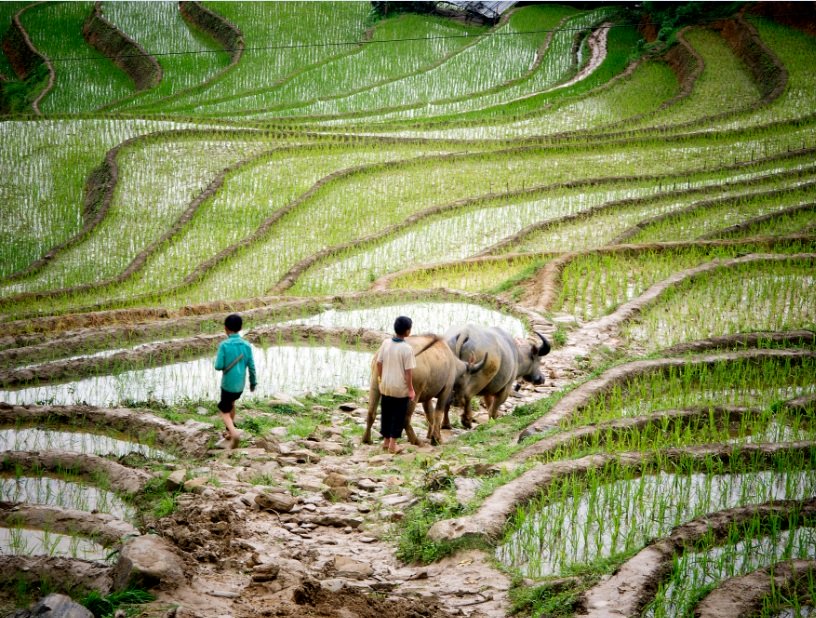
Moving forward: FAO’s renewed commitment to reduction of rural poverty.
In preparation for the agenda 2030, the Food and Agriculture Organization of the United Nations (FAO), has gone through a process of transformation of its strategic directions and renewal of its mode of working to ensure that it can better achieve its goals concerning food and agriculture, refocusing its work behind five cross-sectoral Strategic Objectives, of which the reduction of rural poverty is one. FAO’s Strategic Programme on rural poverty aims to address the economic, environmental and social dimensions of sustainable development by:
- strengthening rural institutions and producer organizations;
- improving smallholder productivity and market access;
- enabling equal access and sustainable management of productive resources;
- improving rural infrastructure and services;
- enhancing farm and non-farm decent rural employment opportunities;
- strengthening social protection for rural populations.
FAO’ teams worldwide are working with governments and partners to eradicate extreme poverty for all people everywhere in accordance with the targets related to SDG 01:
- First target (helping countries implement appropriate social protection systems and measures for all, as to achieve substantial coverage of the poor and the vulnerable by 2030). In this regard, FAO is raising awareness among government and development partners on the linkages between social protection, agriculture, livelihoods, nutrition and food security. It is also providing country level support to strengthen their institutional capacities for designing, implementing and monitoring social protection systems that target rural populations, including elaborating effective social protection policies;
- Second target (ensuring that all men and women, in particular the poor and the vulnerable, have equal rights to economic resources and basic services, ownership and control over land and natural resources, and access to appropriate new technology and financial services). To this purpose, FAO is fostering innovations in rural services provision and infrastructure development, making them accessible to the rural poor. This includes the development of and improved access to agricultural financial services for unbanked smallholder farmers, rural women, youth and small and medium agro-enterprises. For example, FAO has recently implemented the Inclusive Finance for Rural Development Initiative, which aims at improving the design of new agricultural finance products, while providing support to the implementation of common agribusiness investment promotion strategies at national and regional levels. Also, FAO supports the adoption of non-discriminatory laws and policies for sustainable development and fosters policy dialogue for improved access to appropriate technologies, knowledge, markets and inputs by the poor and women. A major example of FAO’s work geared towards equality in access to resources is the support for implementation of the Voluntary Guidelines for Responsible Governance of Tenure of Land, Fisheries and Forests (VGGT). In this regard, FAO is raising awareness among countries on how improved women’s access to land and productive resources through legal and institutional change fosters economic growth and reduces poverty in rural areas;
- Third target (building the resilience of the poor and reducing their exposure and vulnerability to climate-related extreme events and other economic, social and environmental shocks and disasters); in this respect, FAO activities are aimed in particular at supporting the establishment of effective social protection systems;
- Fourth target (improving efforts to mobilize resources in order to provide adequate and predictable means for developing countries, in particular, least developed countries, to implement programmes and policies to end poverty in all its dimensions). This is a continuing task for FAO, working with all its partners;
- Fifth target (creating sound policy frameworks at national, regional and international levels, based on pro-poor and gender-sensitive development strategies, to support accelerated investment in poverty eradication action). In this regard, FAO is providing support to countries for the design, implementation and monitoring of sustainable, inclusive and gender-equitable rural development policies and poverty reduction strategies and developing capacities of key government officials from the ministries of rural development, finances and social affairs;
Eradication of extreme poverty is achievable in our life time. We have the knowledge, and the global financial capacity to reach this goal, what is required now is a collective sense of urgency to transform the political commitments made by World leaders in the UN General Assembly in 2015, into concrete action.
We have less than 15 years to show results.
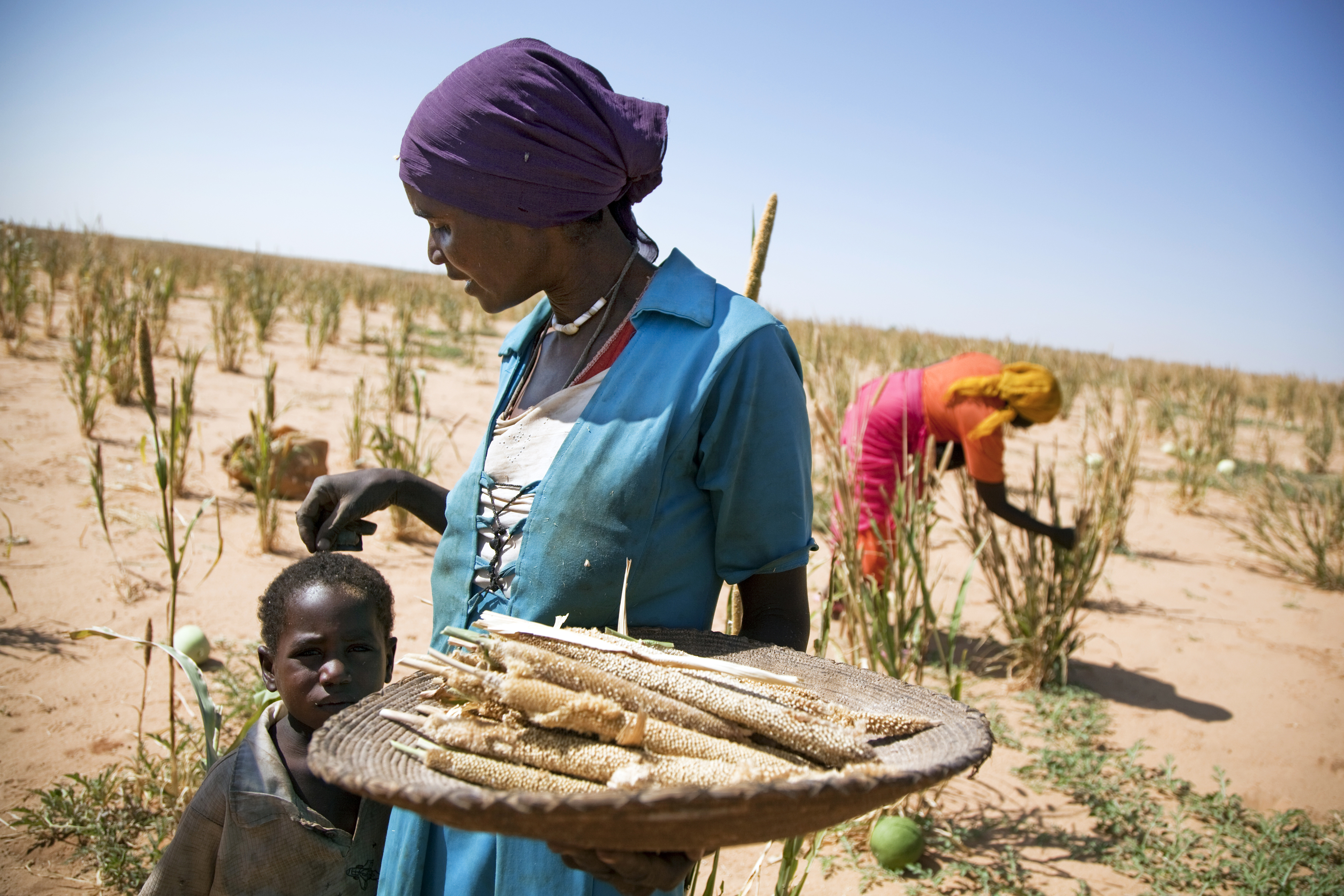
Box 4 – Where there is a will there is a way: Good practices to defeat rural poverty ready for upscaling
| Below are a number of examples of ongoing good practices which indicate that with the right political and financial support, concrete action is already having an impact and lifting hundreds of thousands out of poverty.
Bolivia – School feeding legislation In many countries, stunting and malnutrition prevent children from going to school, depriving them of a better future. To help fight against hunger, FAO recently supported the Government of Bolivia in developing a school food law. The law secures the right to food, and provides a clear definition of responsibilities, establishing the framework for a sustainable school food and nutrition program. Kenya – Investing in dairy for multiple benefits, nutrition, income and carbon benefits In Kenya the livestock sector accounts for nearly half of the country’s agricultural GDP and is growing fast. Demand for dairy products is particularly strong but not triggering the widespread benefits it could potentially generate. Milk yields are irregular and seasonal, small producers are poorly connected to markets, greenhouse gas emissions are high and pasture degradation is common. FAO, along with Partners and the Ministry of Livestock Development, is working to transform milk supply chains by helping smallholder producers respond to the growing demand for dairy products. Producers increase their economic profitability and environmental performance through improvements in management practices, including feed, animal health, improved pasture and manure management. Nigeria – “Agropreneurs” – economic growth through youth and agriculture Launched in September 2014, the Nigeria Youth Employment in Agriculture Programme focuses on decent employment creation and innovative enterprise development for youth along priority value chains in targeted economic areas. This flagship program plans to create 750 000 jobs for youth in the agricultural sector over a five-year period. The Federal Ministry of Agriculture and Rural Development, with FAO support has already trained and provided starter packs to 6 618 young “agropreneurs” in the country (3 893 female and 2 725 male). Young people have been trained in different value chains – rice, aquaculture, poultry, maize, tomato, wheat, sorghum, apiculture, soybean, cassava and palm oil. |
| Africa – Investing in people to eradicate poverty
Partnering with the United Nations Children’s Fund (UNICEF), national research institutions and national governments of seven countries in sub-Saharan Africa. FAO’s work on social protection has demonstrated the impact that national cash transfer programs can have on ending poverty in the region. Today, policy-makers are increasingly viewing social protection as an effective measure to combat hunger, reduce poverty and foster rural development. Central Asia – Promoting mountain products To improve the livelihoods of mountain peoples and boost local economies, the Mountain Partnership Secretariat (MPS)/FAO is promoting a voluntary certification scheme for mountain products. The voluntary label will communicate the values of a mountain product, enabling the consumers to make a more informed purchase, and the producers to receive fair compensation. Multi continents – Rural women’s economic empowerment for food security FAO, alongside IFAD, UN Women and the World Food Programme (WFP), is supporting countries in different regions to reach out to some 75 000 rural women and over 400 000 households through the programme – Accelerating Progress towards the Economic Empowerment of Rural Women. Women in Ethiopia, Guatemala, Kyrgyzstan, Liberia, Nepal, the Niger and Rwanda have been able to increase their incomes and enhance their participation in decision-making at community level. Multi countries – Supporting smallholder producer organizations: The Forest and Farm Facility Indigenous peoples, local communities and smallholder family farmers play a vital role in creating income and job opportunities in rural areas. Reducing poverty is the primary focus of the Forest and Farm Facility (FFF), which supports the establishment of producer organizations of smallholders, indigenous people and communities in Bolivia, the Gambia, Guatemala, Kenya, Liberia, Myanmar, Nepal, Nicaragua, Viet Nam and Zambia, as well as regional and global apex organizations, with concrete benefits on the ground. Source: “FAO and Agriculture – Key to Achieving the 2013 Agenda for Sustainable Development”, FAO 2016 |
Recommended reading: “INNOVATIVE SOLUTIONS TO POVERTY AND HUNGER”


